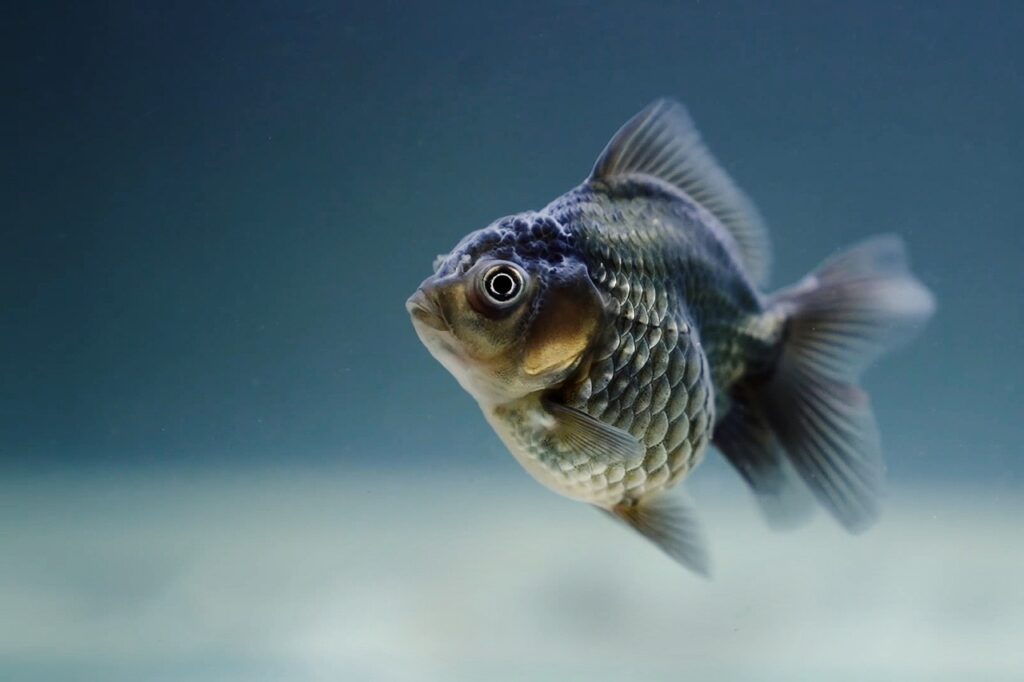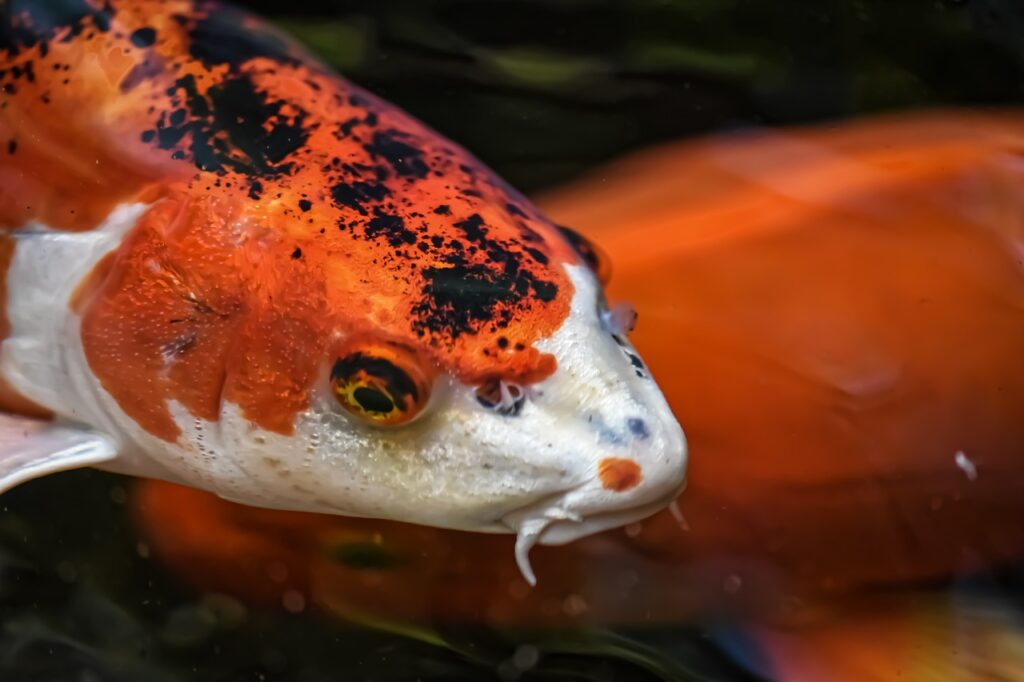Imagine strolling by your beautiful pond, only to discover one of your beloved fish looking bloated and unwell. Dropsy can be a real heartbreaker, but don’t worry—there are effective treatments that can bring your fish back to health. In “How to Effectively Treat Dropsy in Pond Fish,” you’ll learn about identifying symptoms, understanding the causes, and applying the best remedies to ensure your aquatic pals thrive. Dive into this guide and become the fish-saver hero your pond needs!
You can save your fish with the right knowledge and treatment plan. In our fish friendly guide, we’re going to walk you through everything you need to know about identifying, treating, and preventing dropsy in your pond fish.
What is Dropsy?
Dropsy is not a disease itself but a symptom of various conditions that cause your fish to swell with fluids. This swelling is due to a variety of underlying issues, typically related to kidney failure or bacterial infections.
Causes of Dropsy
Understanding the causes of dropsy is the first step in effectively treating your fish. A variety of factors can contribute to the development of dropsy:
- Bacterial Infections: One of the most common causes of dropsy is bacterial infections, particularly those caused by Aeromonas bacteria. These bacteria thrive in dirty, overcrowded pond environments.
- Poor Water Quality: Elevated levels of ammonia, nitrites, and nitrates in your pond water can stress your fish, weakening their immune systems and making them more susceptible to infections.
- Parasitic Infections: Parasitic infections can also cause dropsy. Parasites can damage the internal organs of your fish, leading to fluid buildup.
- Malnutrition: A poor diet can weaken your fish’s immune system, making them more susceptible to infections.
- Genetic Predisposition: Some fish may be genetically more susceptible to conditions that result in dropsy.
Symptoms to Look Out For
Dropsy can be subtle at first. It’s essential to regularly check your fish for early signs and symptoms so you can start treating them before the condition worsens. Here’s a handy table to help you identify the symptoms:
| Symptom | Description |
|---|---|
| Swollen Abdomen | The most characteristic symptom; fish appear bloated or swollen. |
| Pinecone-Like Scales | Scales stick out from the body, resembling a pinecone due to subcutaneous fluids. |
| Bulging Eyes (Exophthalmos) | Eyes appear to be protruding out from the head. |
| Loss of Appetite | Fish stops eating or eats significantly less. |
| Lethargy | Fish becomes inactive and often stays at the bottom of the pond. |
| Gasping for Air | Fish may come to the surface more often to gulp air. |
| Red or Inflamed Skin | Patches of red and inflamed skin may appear as a sign of infection. |
Preparing for Treatment
Before you start treatment, you’ll need to set up a proper environment for your sick fish. This includes both a quarantine tank and ensuring your pond’s water quality is optimal.
Setting Up a Quarantine Tank
A quarantine tank is crucial for treating dropsy, as it prevents the spread of infection and allows you to closely monitor and treat the affected fish.
- Size and Setup: Choose a quarantine tank that’s appropriate for the size of your fish. It should be large enough for the fish to move comfortably. Equip it with a biological filter and heater.
- Water Conditions: Maintain optimal water conditions with a temperature range of 75-80°F (24-27°C) and a pH level of 7.0-7.5. Check ammonia, nitrite, and nitrate levels regularly.
- Aeration: Ensure good water aeration to provide plenty of oxygen for the sick fish.
Improving Your Pond Water Quality
Your pond’s water quality is equally important. Even if only one fish is affected, poor water conditions can stress other fish, making them susceptible too.
- Regular Testing: Invest in a good quality water testing kit. Check ammonia, nitrite, and nitrate levels frequently and maintain them within safe limits.
- Water Changes: Perform regular partial water changes (about 25%) to maintain good water quality and remove accumulated toxins.
- Proper Filtration: Use biological and mechanical filtration systems to keep the water clean.
- Diet and Nutrition: Feed your fish a balanced diet to boost their immune systems. Avoid overfeeding, as leftover food can pollute the water.

Treatment Options for Dropsy
Now let’s dive into the various treatment options for dropsy. The effective treatment depends on identifying the underlying cause. Here are several methods you can employ:
Antibacterial Medications
If a bacterial infection is the suspected cause, using antibacterial medications is your best bet.
- Broad-Spectrum Antibiotics: Medications such as Kanamycin or Erythromycin can be added to the quarantine tank. Follow the manufacturer’s instructions for dosage and duration.
- Medicated Food: Antibiotic-infused fish food can effectively treat internal infections. This ensures the medication reaches the affected internal organs directly.
Salt Baths
Salt baths can help relieve swelling and kill certain bacteria and parasites. Here’s how to perform a salt bath:
- Preparation: Prepare a separate container with dechlorinated water.
- Adding Salt: Dissolve non-iodized aquarium salt at a concentration of 1-2 tablespoons per gallon.
- Bath Duration: Place the fish in the salt bath for 15–30 minutes. Monitor closely for signs of distress.
- Gradual Acclimation: Gradually acclimatise the fish back to the quarantine tank by mixing small amounts of tank water with the salt bath water before returning the fish.

Improving General Health
Boosting your fish’s overall health can help them fight off infections more effectively.
- High-Quality Diet: Ensure your fish receive a balanced and varied diet. High-protein foods and fresh vegetables can boost their immunity.
- Supplements: Adding vitamins and supplements to their diet can further enhance their immune system.
Regular Monitoring
Strictly monitor your fish during the treatment period. Keep an eye out for improvements or worsening symptoms and adjust the treatment plan accordingly.
Prevention is Better than Cure
Ideally, preventing dropsy should be your primary objective. Here are some preventive measures:
Maintain Excellent Water Quality
- Regular Testing and Water Changes: Test your pond’s water quality regularly and perform partial water changes to maintain optimal conditions.
- Adequate Filtration: Ensure your pond has a proper filtration system in place to remove wastes and toxins.
- Aeration: Good aeration ensures sufficient oxygen levels, preventing stress due to low oxygen.
Healthy Diet and Feeding Practices
- Balanced Diet: Feed your fish a varied and nutritious diet to keep their immune systems strong.
- Avoid Overfeeding: Overfeeding leads to leftover food, which decays and pollutes the water.
Quarantine New Fish
Before introducing new fish to your pond, quarantine them for at least two weeks. This helps prevent the introduction of diseases to the pond.
Regular Inspections
Regularly inspect your fish for early signs of illness. Early detection can make treatment much more effective.

Emergency Situations
Sometimes, despite your best efforts, dropsy may recur or become severe. In such cases, you may need to take more drastic measures.
Veterinary Assistance
Consulting a veterinarian specialized in fish health can provide you with additional treatment options. Advanced treatments such as injecting antibiotics or other medications might be necessary.
Euthanasia
In very severe cases where the fish is suffering immensely and treatment isn’t working, humane euthanasia might be the kindest option. Consult a veterinarian for the best method to perform this.

How To Effectively Treat Dropsy In Pond Fish
Dropsy can be a daunting condition to deal with in your pond fish, but it’s not insurmountable. By identifying the symptoms early, understanding the root causes, and applying effective treatment, you can save your fish and restore the health of your pond. Regular maintenance and care are vital for preventing this and other diseases.
So, arm yourself with this knowledge and take proactive steps to ensure that your pond remains a thriving, healthy environment for all its inhabitants. Happy fish-keeping!
